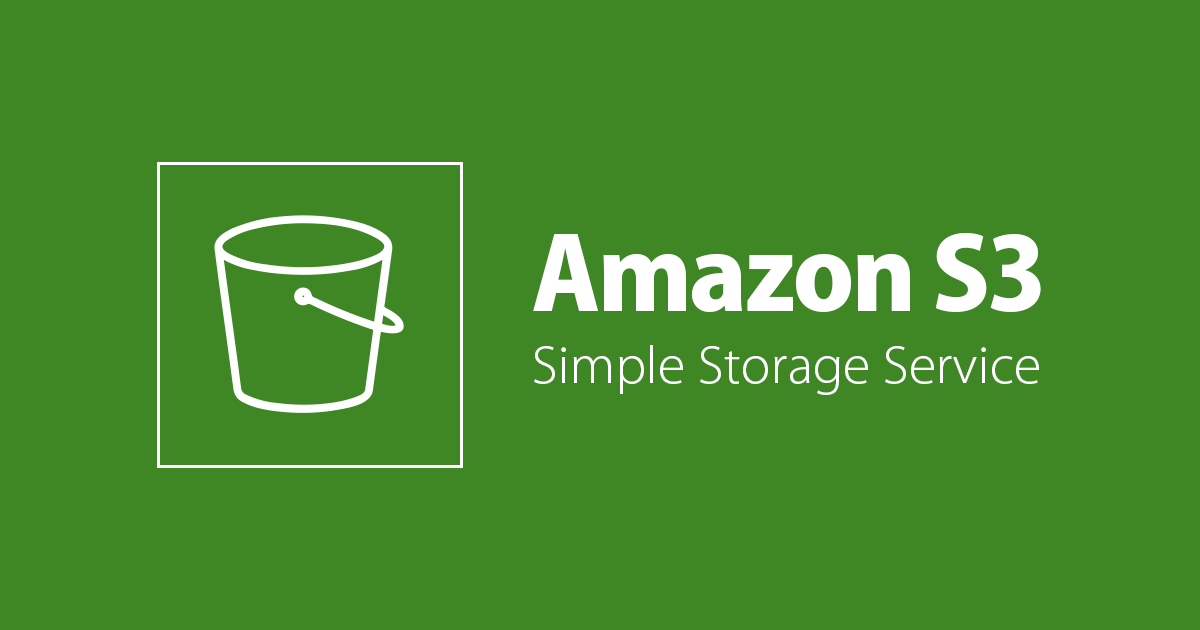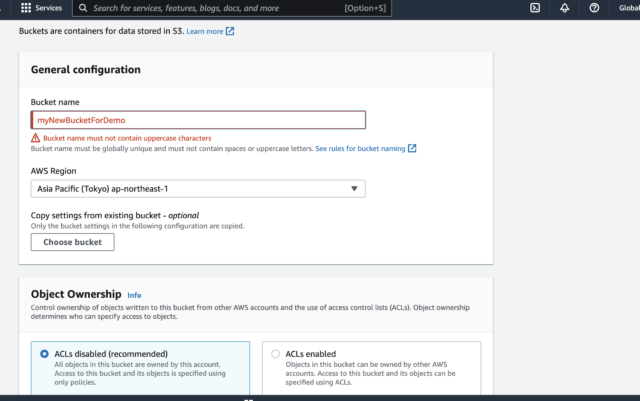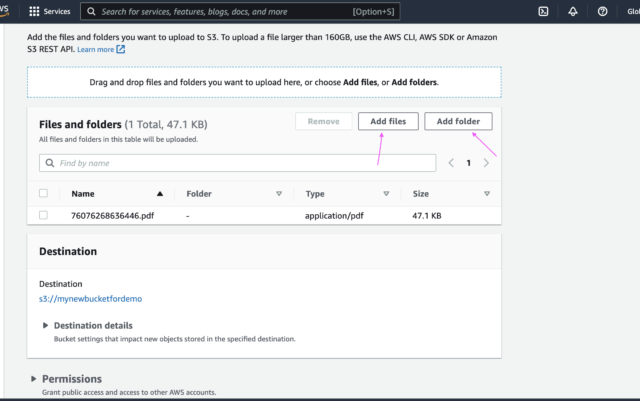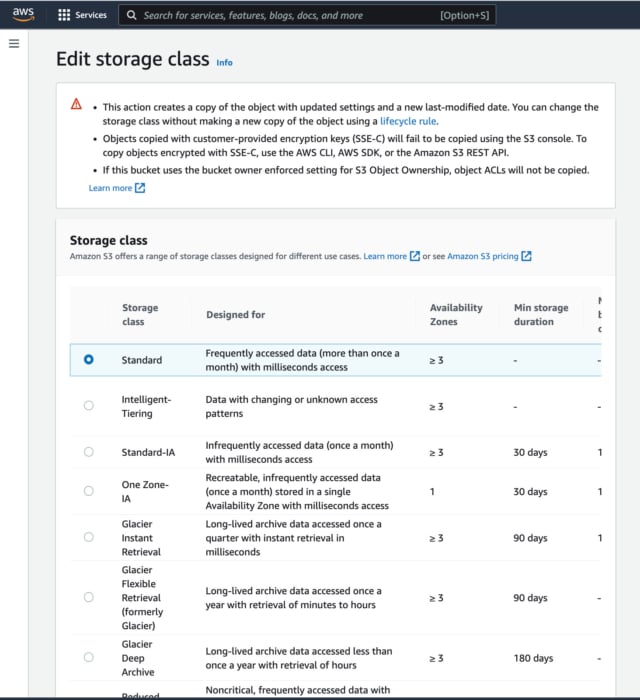
S3 storage classes
この記事は公開されてから1年以上経過しています。情報が古い可能性がありますので、ご注意ください。
Introduction
S3 is one of the most commonly used services in AWS and is also handy when it comes to the storage of objects. In this blog, I will be highlighting my deeper understanding of the service.
S3 Overview
Amazon S3 allows the storage of objects or files in buckets .
Buckets must have a globally unique name and be defined at the region level .
- No uppercase
- No underscore
- Must start with a lowercase letter or number
- 3-63 characters long

Objects are files stored in the bucket, they have a key which is the full path. You can either add a file or a folder.

<my_bucket>/my_file.txt <my_bucket>/my_folder1/another_folder/my_file.txt
The object values are the content of the body:
- Max size is 5TB
- If uploading more than 5GB, must use "multi-part upload"
Note: There are no directories within the buckets though the UI will make you think otherwise.
S3 Storage Classes
- Amazon S3 Standard
- Amazon S3 Standard-Infrequent Access (IA)
- Amazon S3 One Zone-Infrequent Access
- Amazon S3 Glacier
- Amazon S3 Intelligent Tiering
Objects can be moved between classes manually or using S3 lifecycle configurations.

S3 Durability and Availability
Durability:
High durability (99.999999999%,) 11 9's of objects across multiple AZ. In essence, if you store 10 million objects with Amazon S3, the expected loss to incur on average is a single object once every 10,000 years.
Availability:
This is the ability to measure how readily available the service is. S3 standard has 99.99% availability
Looking at each storage class based on their availability.
S3 Standard – General Purpose
- 99.99% Availability
- Used for frequently accessed data
- Low latency and high throughput
- Use Cases: Big Data analytics, mobile and gaming applications, content distribution
S3 Storage Classes – Infrequent Access
Used in situations where data is less frequently accessed, but requires rapid access when needed. It offers a Lower cost than S3 Standard
Amazon S3 Standard-Infrequent Access (S3 Standard-IA)
-
- 99.9% Availability
- Use cases: Disaster Recovery, backups
Amazon S3 One Zone-Infrequent Access (S3 One Zone-IA)
-
- 99.5% Availability
- High durability (99.999999999%) in a single AZ; data is lost when AZ is destroyed
- Use Cases: Storing secondary backup copies of on-premise data, or data you can recreate
Amazon S3 Glacier Storage Classes
- Low-cost object storage meant for archiving / backup
- Pricing: Price for storage + object retrieval cost
• Amazon S3 Glacier Instant Retrieval
-
-
- Millisecond retrieval is great for data accessed once a quarter
- Minimum storage duration of 90 days
-
• Amazon S3 Glacier Flexible Retrieval (formerly Amazon S3 Glacier):
-
-
- Expedited (1 to 5 minutes), Standard (3 to 5 hours), Bulk (5 to 12 hours) – free
- Minimum storage duration of 90 days
-
• Amazon S3 Glacier Deep Archive – for long-term storage:
-
-
- Standard (12 hours), Bulk (48 hours)
- Minimum storage duration of 180 days
-
S3 Intelligent-Tiering
- Small monthly monitoring and auto-tiering fee
- Moves objects automatically between Access Tiers based on usage
- There are no retrieval charges in S3 Intelligent-Tiering










